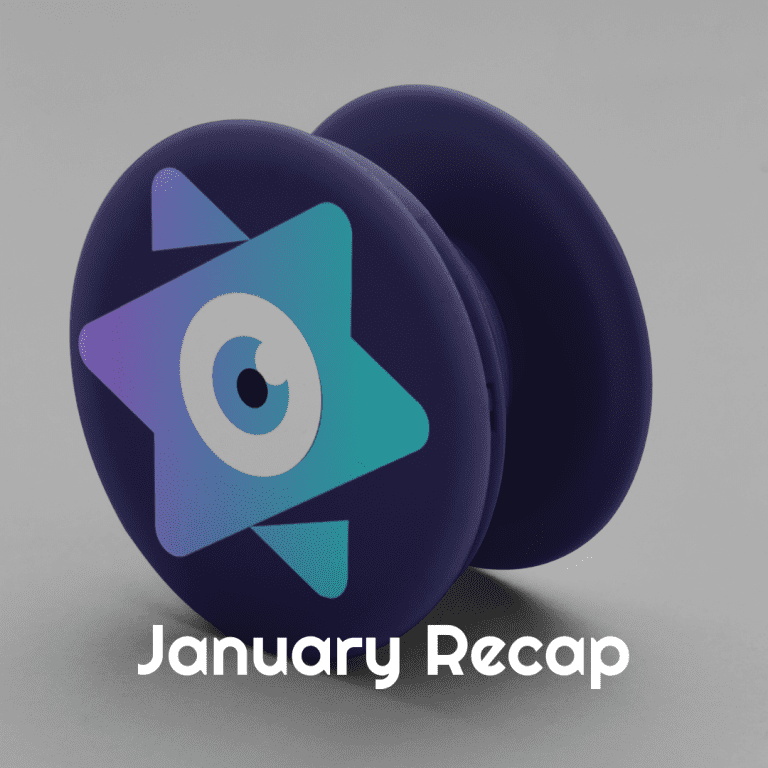Artificial intelligence (AI) is quickly becoming an essential aspect of daily life, offering businesses and organizations the opportunity to create automated, personalized content that engages and converts customers and readers. As AI plays an increasingly important role in the marketing landscape, it’s essential for content creators to develop the right strategies to ensure that their AI-generated content is of the highest quality.

Crafting quality AI content requires an understanding of both the basics of AI and the nuances of content creation, including knowing when to use automated content and when to create content manually.
In this blog post, we’ll discuss strategies for crafting quality AI content, from developing the right content goals to leveraging the right tools and technologies. By following the strategies outlined here, organizations and content creators can ensure that their AI-generated content is both effective and engaging.
Research the Topic
Before you can begin crafting quality AI content, it is important to familiarize yourself with the topic. Researching the topic involves delving into the subject from multiple angles. Gather information from books, articles, and other sources. Make sure to stay up-to-date on the latest developments in the field by following the leading experts in the field. This will ensure that your content is as up-to-date as possible.

Don’t be tempted to churn out articles or blog posts just for the sake of it; instead, focus on creating well-crafted pieces on a topic that you are familiar with, and that provide value and insights to your readers. Research each article thoroughly, and make sure you’re using accurate information when writing about AI.
Additionally, you can also interview experts to gain additional insight into the topic. Doing this research will give you a better understanding of the subject and provide you with a solid foundation to build your content on.
Define the Goal of the AI Generated Content
It is important to define the goal of the content before beginning the process of crafting quality AI content. Determining why the content is being written and what it should accomplish is essential to ensure the content will be well-crafted and effective.
For example, if the goal is to inform the audience about a particular topic, the content should be crafted in a way that is educational, comprehensive, and easy to understand. Additionally, it is important to consider the context and audience when defining the goal so the content is relevant and engaging.
Structure the AI Content for Readability
Generally, shorter content is better for readability, so try to keep it concise. Keep paragraphs short and organized, and use headings and subheadings to break up the content. Additionally, use visuals (such as images and video) to break up the text, as well as to provide visual cues to readers on what the content is about. This will also help your content stand out and be more memorable.
Consider the target audience when crafting your AI writing content. Different audiences have different interests, so tailor your content accordingly. Consider what topics would be most interesting to them and create content around those topics. This will help ensure that your readers find your content valuable and informative.
Leverage Natural Language Processing Tools
Keep an eye out for new developments in the field of AI so you can incorporate current news into your content. This could include new research findings or breakthroughs in technology. Not only will this add value to your content, but it will also demonstrate that you have expertise in the field of AI and are up-to-date with the latest trends.

Some examples of natural language processing tools that you can use to help create quality AI content include:
- Grammar checkers: These tools can help you ensure that your content is grammatically correct, which is important for making your content easy to read and understand. Some popular grammar checkers include Grammarly and Linguix.
- Sentiment analysis: These tools can help you understand the overall sentiment of your content, which can be useful for determining how your content might be received by your audience. Some popular sentiment analysis tools include Google Natural Language API and IBM Watson Tone Analyzer.
- Text summarization: These tools can help you generate summaries of your content, which can be useful for creating short, concise versions of your content that are easy to read and understand. Some popular text summarization tools include OpenAI GPT-3 and XLNET.
Test the AI Content for Accuracy and Quality
Conduct a thorough review of the content to look for any errors, typos, or inconsistencies. Here is where you can check the content for accuracy, relevance, and clarity. If the content is not up to the desired standards, then it should be revised and tested again until it meets the desired standards. Testing the content is essential if you want to ensure that the content you are providing is of the highest quality and accuracy.
As much as we’d like to one-click post (Nichesss has this feature), your own personal touch is necessary to build content that is actually worth reading. There is an art to crafting ai content, so this is something that will require ACTION and PERSISTENCE.

Crafting quality AI content requires careful consideration of the audience, the technology, the goals and the relevance to the current moment. It’s important to understand the potential of AI content, while also recognizing the need to invest in research and development to ensure the content is useful, valuable and engaging. With the right strategies and a keen eye for detail, quality AI content can become a powerful tool in the marketing arsenal.




